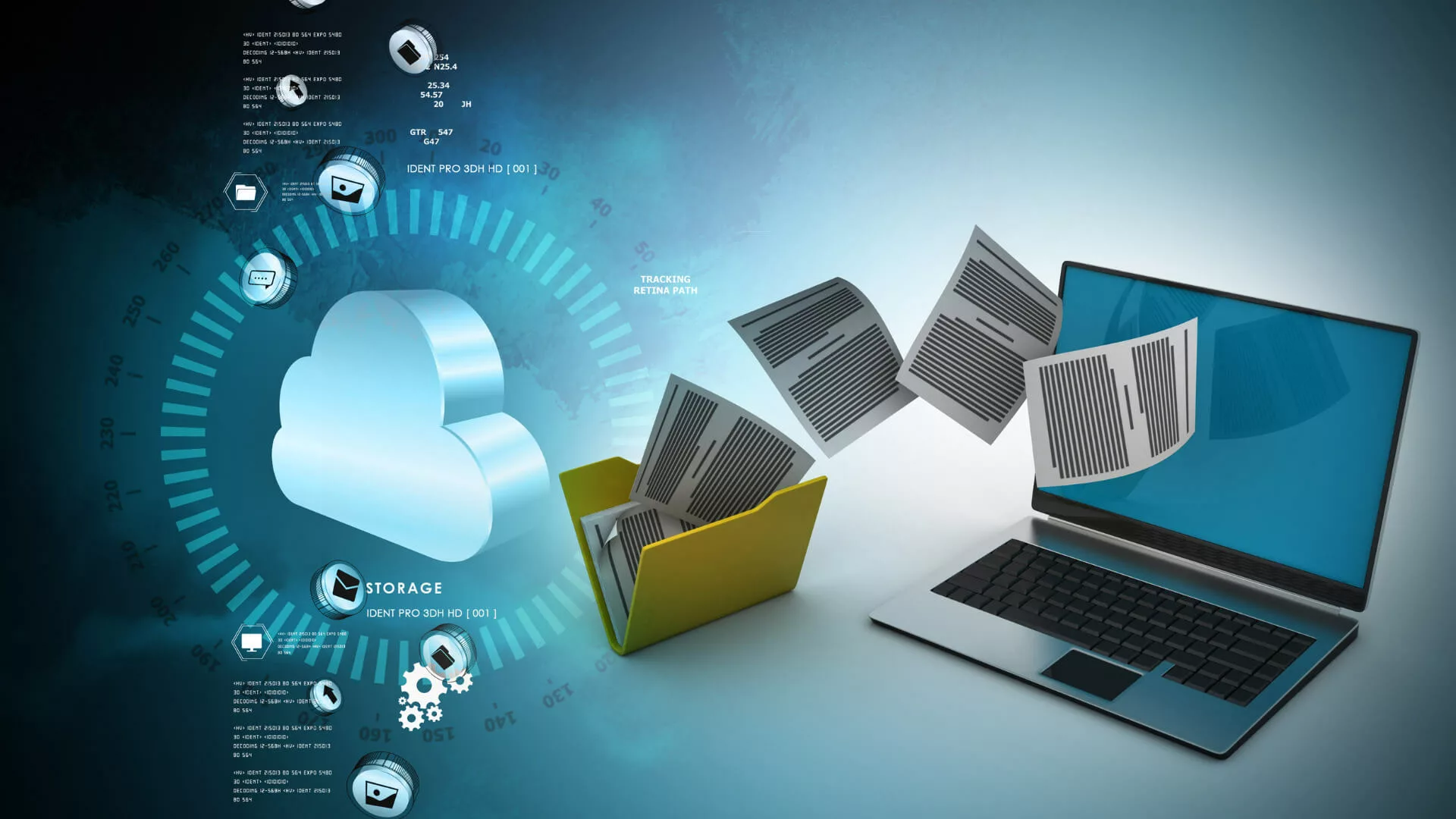The client is a leading provider of insurance, annuities, and employee benefit programs and has a significant market share across various insurance products. In addition to annuities, life, and disability insurance for individual customers, they provide life, dental, disability, long-term care, critical illness, legal, and pet insurance for institutional customers.
The client needed an alternative integration platform to migrate their SOA infrastructure from legacy systems to the cloud with an API-led approach. The client wanted to migrate to MuleSoft from one of the existing TIBCO ESP frameworks.
ClientInsuranceServicesMulesoft, Cloud MigrationYear 2022
Key Challenges
- The client needed to transform their existing IT landscape digitally, and they realized they need to consolidate the Enterprise Service Bus (ESB) layer to MuleSoft to cover their current and future state requirements
- The client faced a challenge in migrating from the existing TIBCO ESP framework to MuleSoft as it provides business agility and better connectivity between applications, data, and devices, both on-premises and in the cloud with an API-led approach
Solution
- Sparity leveraged their MuleSoft expertise and designed a delivery methodology to successfully migrate to MuleSoft from scratch using MuleSoft Anypoint studio
- Defined the initial architecture strategy & roadmap
- Set up Anypoint VPC, VPC Peering, and dedicated Load Balancer with Mapping rules and related RAML
- Created MuleSoft Custom Policies to support Client Id and Client Secret Based Authentication as well as JWT Validation
- Consolidated integration layer to a single Enterprise Service Bus platform
- Converted Tibco services and other APIs developed over the years to Mule ESB
- Implemented the PSD2 solution
- Developed associated Mule services
- Deployed the Mule APIs and Flows using Jenkins
- Implemented Error Handling and Logging Framework
- Monitored the logs in Splunk
- Configured custom adapters to back-end systems and vendor APIs
Benefits
- 40% potential savings in annual licensing cost
- Minimal disruption to existing processes and operations
- Offered customized migration as per business requirements
- Development time was decreased by 30%, resulting in lower integration expenses
- Significant savings in migration costs and time
- Faster time-to-market reduced launching time for new features & applications
- Efforts on development and testing are reduced by 50% and 30%, respectively




